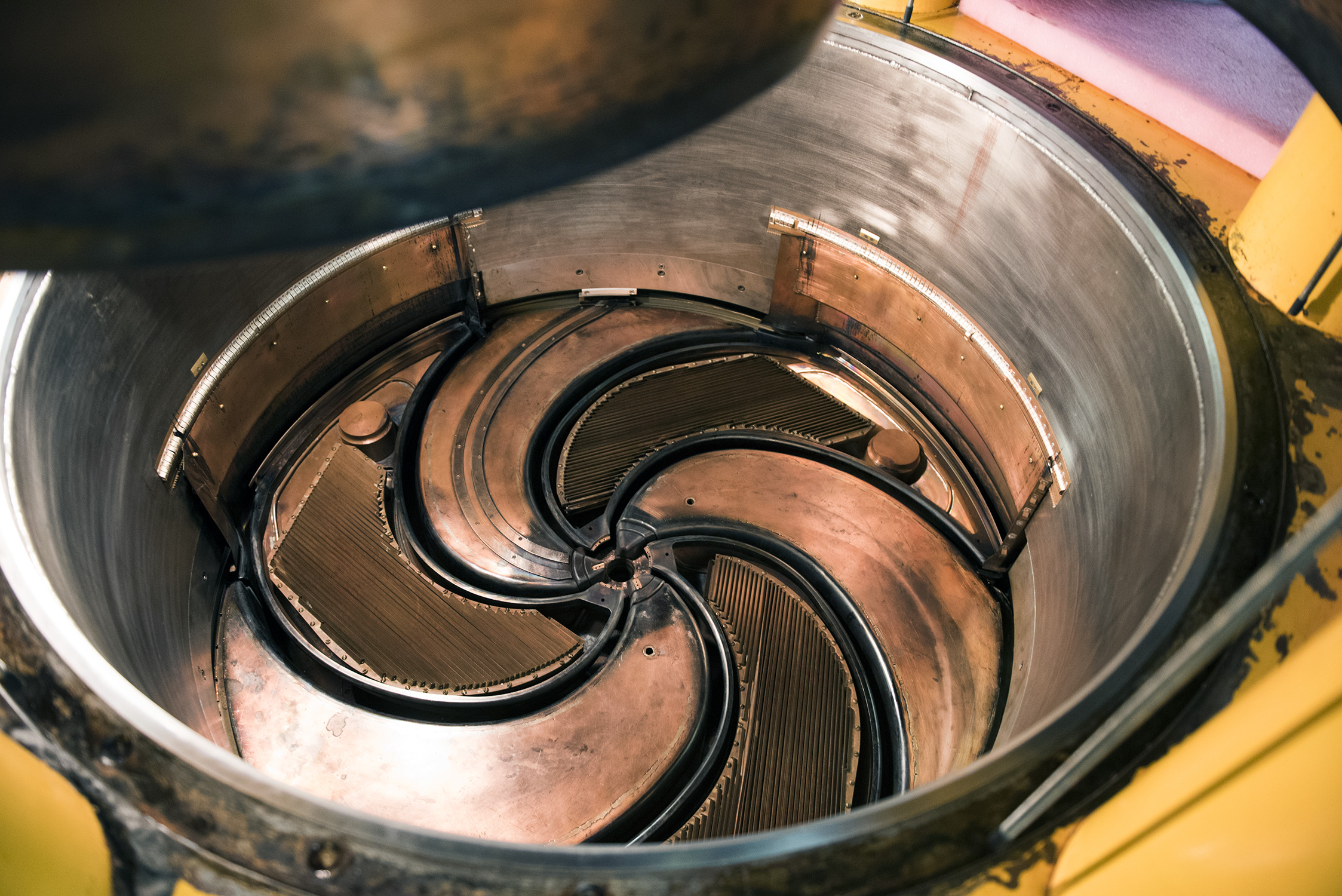
A Texas A&M University-led consortium that has spent the past five years pursuing basic research in low-energy nuclear science has been awarded another five-year, $12.5 million Stewardship Science Academic Alliances (SSAA) Center of Excellence Program renewal grant from the U.S. Department of Energy’s National Nuclear Security Administration (DOE/NNSA) to continue its efforts in support of stewardship science.
Texas A&M Distinguished Professor and Regents Professor of Chemistry and Cyclotron Institute Director Dr. Sherry J. Yennello serves as the principal investigator for the Center for Excellence in Nuclear Training And University-based Research (CENTAUR), a seven-institution collaboration whose mission is to provide the research experience necessary to develop next-generation leaders in stewardship science in the area of low-energy nuclear science to support workforce-development and research-related needs relevant to the NNSA’s stockpile stewardship goals.
The Texas A&M-led proposal, “CENTAUR: Nuclear Science in Service to the Nation,” is one of nine funded nationwide as part of a $100 million SSAA package recently announced by the DOE/NNSA to support research in the areas of advanced characterization of materials properties under extreme conditions, low energy nuclear science, radiochemistry, and high energy density physics.
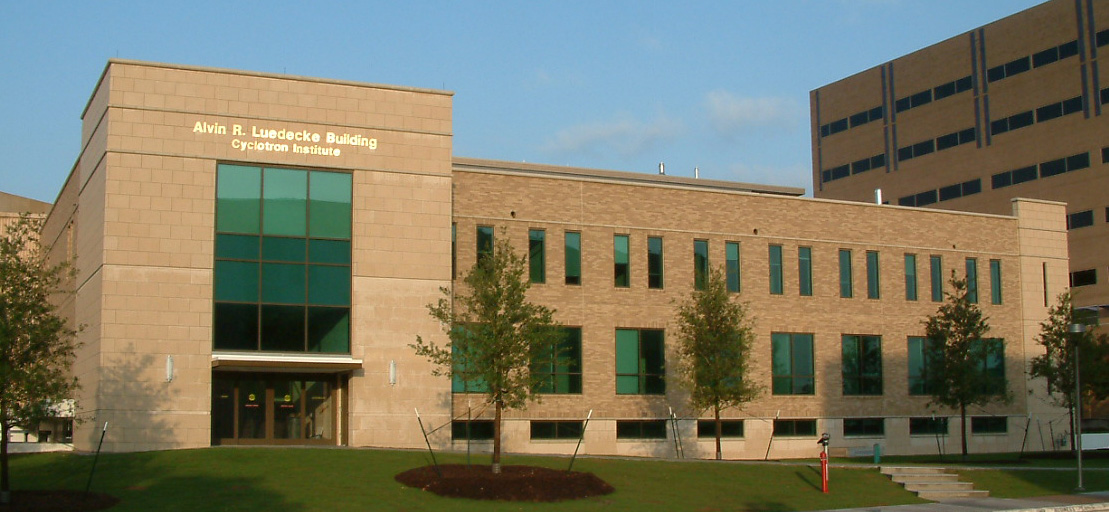
The renewed funding will enable CENTAUR scientists and engineers to continue pursuing basic research in low-energy nuclear science through experimental, theoretical and technical programs using accelerators at the Texas A&M Cyclotron Institute and Florida State University’s John D. Fox Superconducting Linear Accelerator Laboratory as well as facilities at the other participating institutions. During the past five years, existing collaborations between scientists at Texas A&M and the NNSA national laboratories — specifically, Lawrence Livermore National Laboratory and Los Alamos National Laboratory — have been incorporated into center programs and expanded to involve scientists from all partner institutions, which include Florida State, Washington University in St. Louis, the University of Washington, Louisiana State University, the University of Tennessee, Knoxville, and the University of Massachusetts Lowell.
Launched in 2002, the SSAA program supports areas of fundamental research and development that are relevant to NNSA’s stockpile stewardship mission and works to recruit the next generation of highly-trained technical scientists and engineers for the nuclear security enterprise. An initial $10 million grant in 2018 from the program, which solicits proposals every five years, was used to establish CENTAUR as a multidisciplinary partnership that has since become an invaluable technical resource and fertile training ground for the nation’s nuclear workforce and future stewardship science leaders.
Yennello says that CENTAUR’s proposed research agenda for the next five years will continue to encompass experimental and theoretical aspects of low-energy nuclear science with an emphasis on stewardship-relevant topics. Through its partner universities, the center will continue to recruit and train graduate students via the proposed NNSA relevant topics and host annual “all-hands” meetings during which partners will critically review each other to ensure the relevance of the research to the NNSA and SSAA missions.
“CENTAUR seeks to provide an intellectually stimulating environment for young scientists in addition to exposure to the personnel and research of the DOE/NNSA laboratories through internships and annual stewardship and center meetings aimed at increasing awareness about the breadth of rewarding careers that are available as part of the NNSA workforce,” Yennello said.
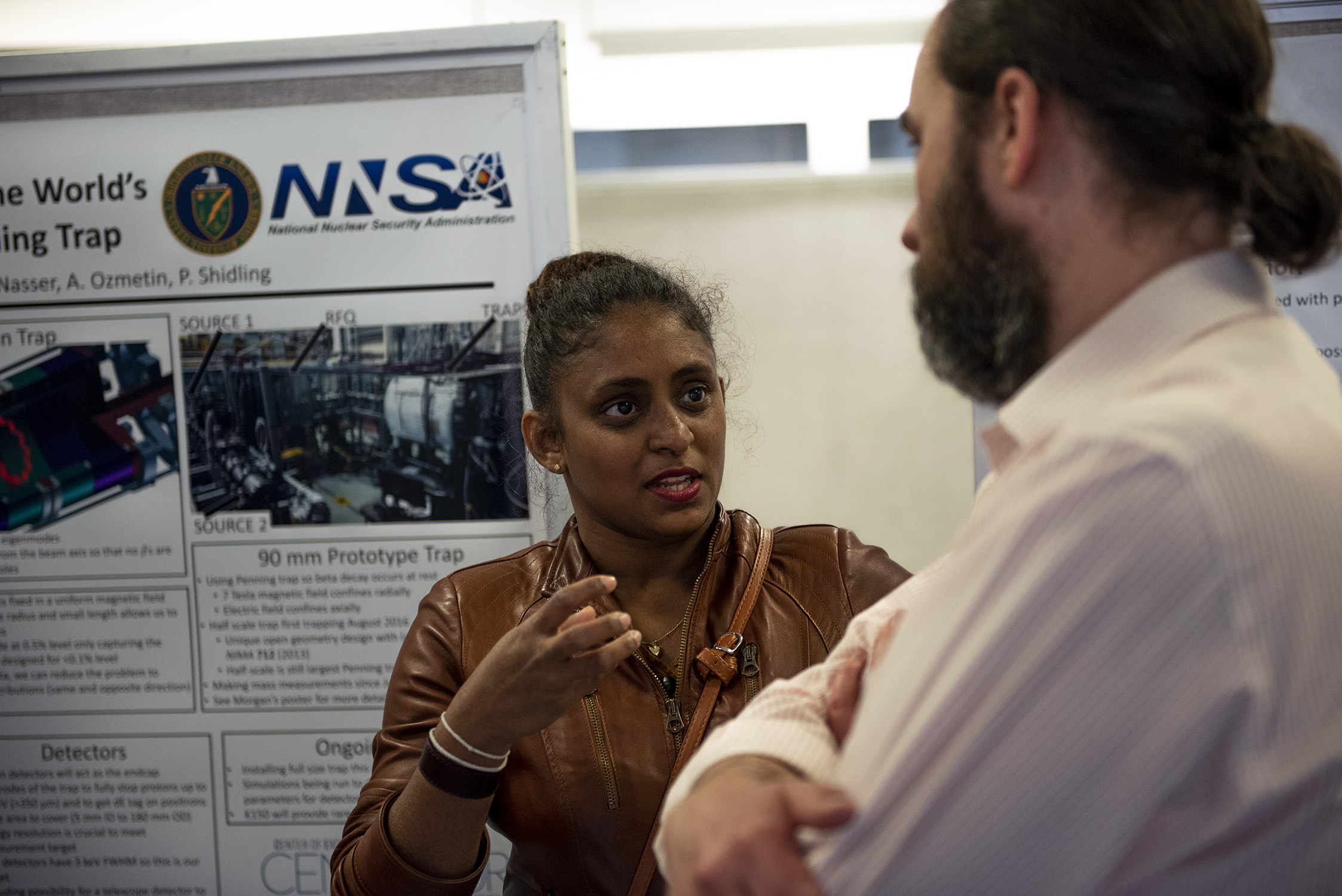
For Yennello and CENTAUR, the overarching goal remains the same: to develop a workforce trained in low-energy nuclear science for recruitment to support the DOE/NNSA laboratories.
“CENTAUR’s efforts will continue to focus on the recruitment, education and training of graduate students and postdoctoral scholars in research areas and techniques applicable to the workforce needs of the NNSA and the nation,” Yennello said. “Each of the partners has significant populations of undergraduate physics and chemistry majors from which to recruit U.S. students into nuclear science graduate programs.”
In addition to providing exposure to careers in nuclear science, Yennello notes the collaborating universities all feature world-leading experts in an array of subfields in nuclear science and in other areas of science, engineering and public policy.
“CENTAUR-trained students and postdoctoral fellows will not simply be experts in one technology or reaction type, but also be able to evaluate competing strategies for approaching experimental and theoretical nuclear science problems,” Yennello added. “Many will have collaborated with staff and interned at Lawrence Livermore or Los Alamos.”
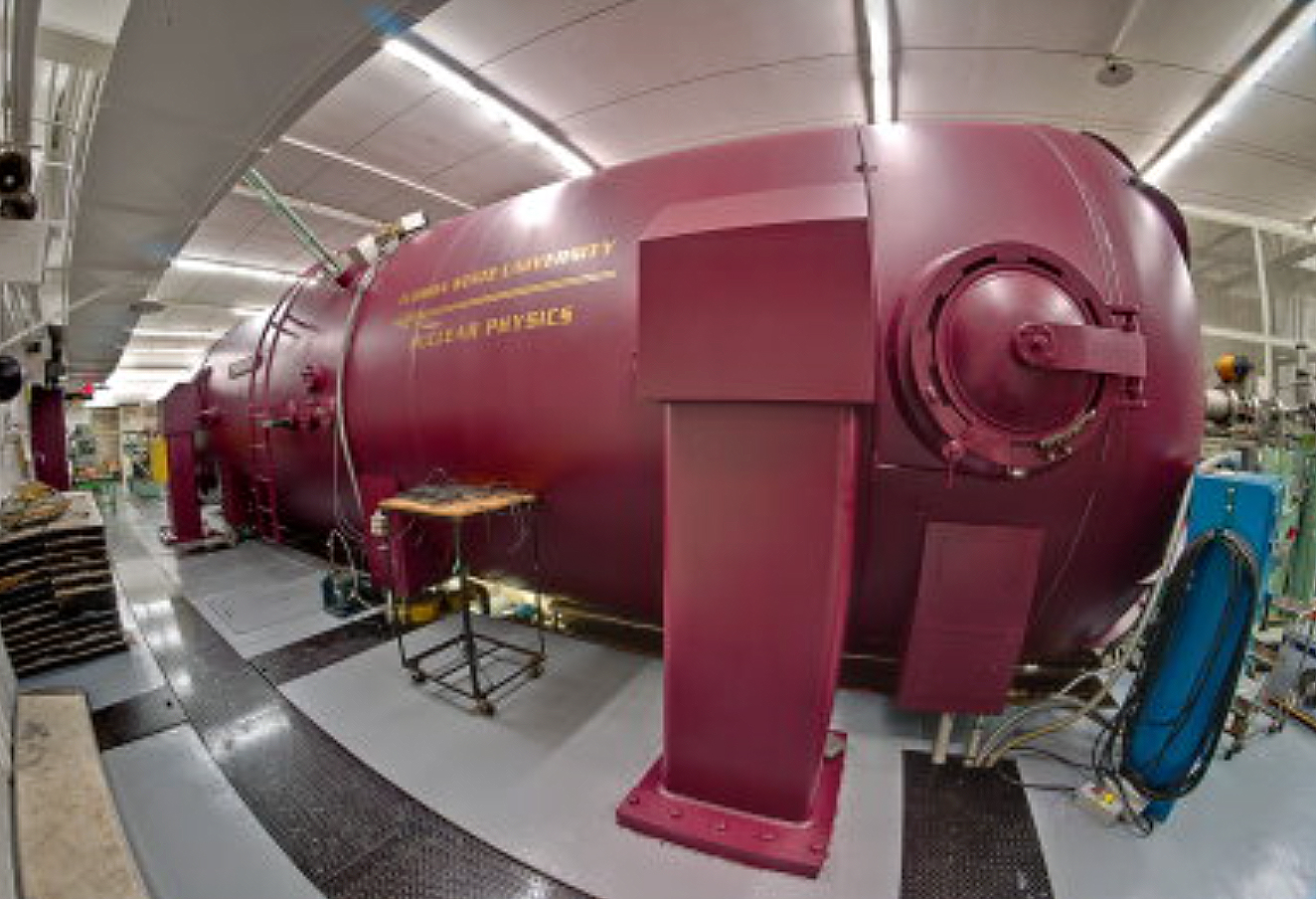
When it comes to equipment, CENTAUR-funded graduate students, postdoctoral fellows, partner institutions and collaborating national laboratories personnel will have access to the K500 superconducting cyclotron and K150 cyclotron located at Texas A&M as well as the 9 +8 MV Tandem-Linac accelerator located at Florida State’s John D. Fox Accelerator Laboratory led by Dr. Ingo Wiedenhoever. Like the Cyclotron Institute, Florida State’s partnerships will allow greater use by CENTAUR-participating students beyond its campus, enhancing a pipeline for its nuclear science graduates to national laboratories that did not exist prior to CENTAUR's founding in 2018.
Washington University’s Dr. Lee Sobotka will continue to lend expertise on advanced electronic chips and the development of neutron detectors. The university, which operates five cyclotrons, also features expertise in nuclear and radiochemistry, nuclear medicine, nuclear cardiology and advanced nuclear imaging.
The University of Washington is home to the Institute for Nuclear Theory — another DOE NP university Center of Excellence — where scientists such as Dr. Aurel Bulgac have expertise in high performance computing applications of density functional theory with specific emphasis on nuclear superfluid properties.
LSU scientist Dr. Scott Marley will focus on awareness of future workforce opportunities in nuclear science at the national laboratories for the university’s diverse and large numbers of both undergraduate and graduate students. In addition, Dr. Kristina Launey’s program is a natural extension for LSU researchers into the theory space.
The consortium’s latest additions, UT-Knoxville and UMass Lowell, respectively feature Dr. Miguel Madurga and Dr. Marian Jandel. Madurga Flores boasts extensive experience with nuclear structure and various experimental methods of beta-decay, while Jandel brings expertise with Monte Carlo N-Particle Transport (MCNP) code developed by Los Alamos and designed to track many particle types over broad ranges of energies as well as prior Los Alamos experience and connections.
“The faculty, staff and students associated with CENTAUR are at the top of their respective fields,” Yennello said. “This is definitely a case in which the whole is most certainly greater than the sum of its parts.”
CENTAUR will continue to sponsor middle and high school outreach and recruitment activities, including its popular nuclear science summer camp and nuclear medicine and science camp, along with secondary school professional development initiatives for chemistry and physics teachers.
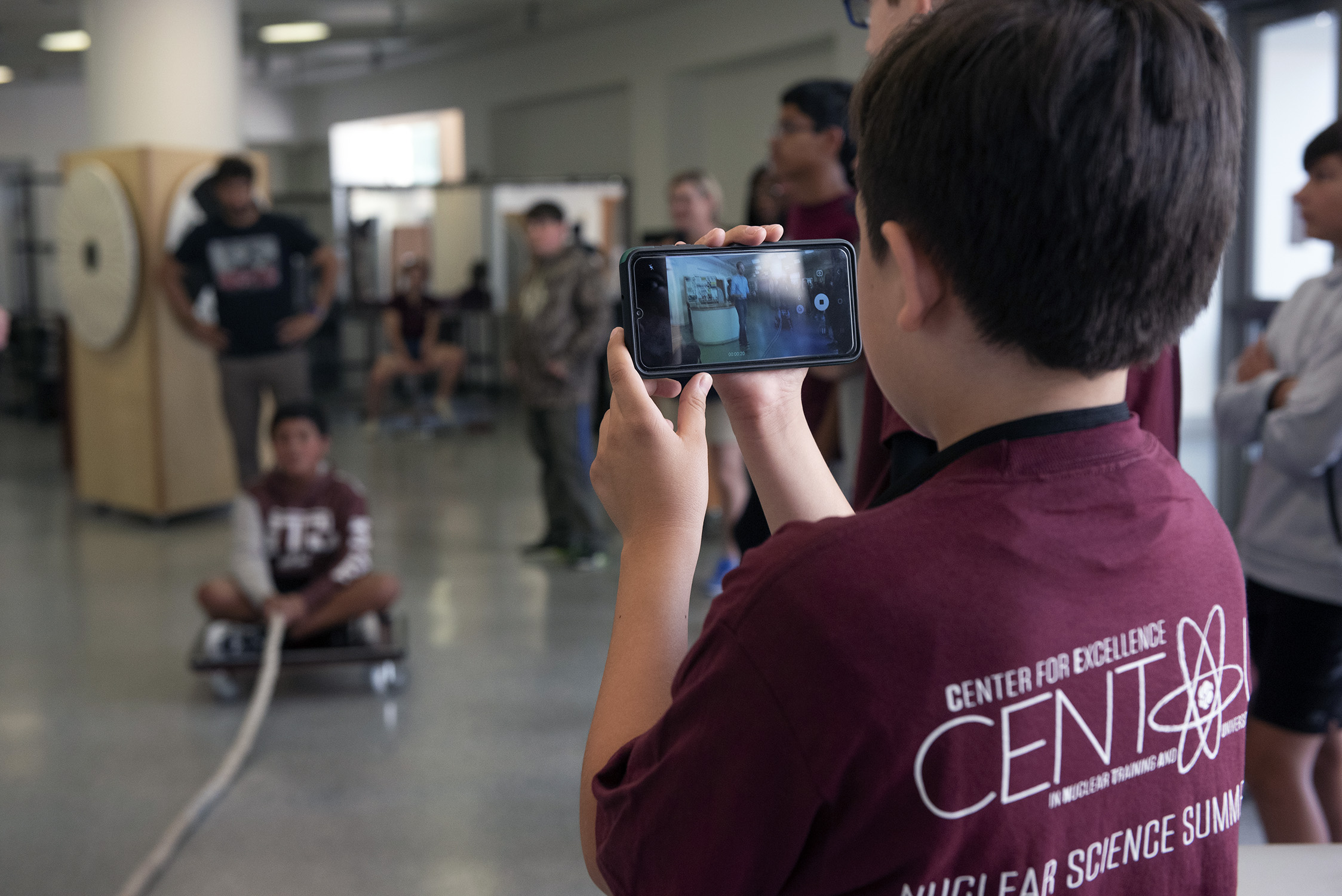
To learn more about CENTAUR, from sponsored programs to available graduate student and postdoctoral funding, visit the center’s webpage at https://centaur.tamu.edu or contact Yennello at (979) 845-1411.

